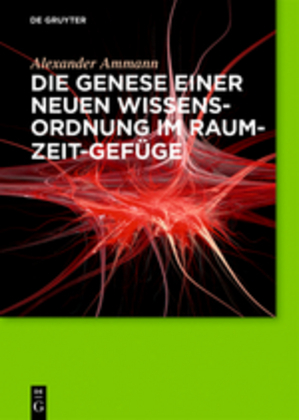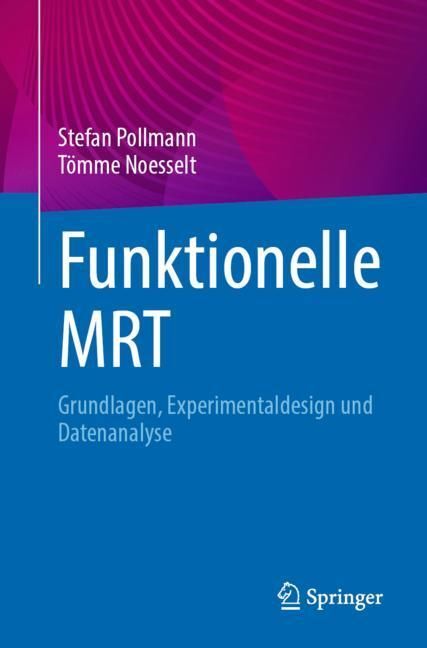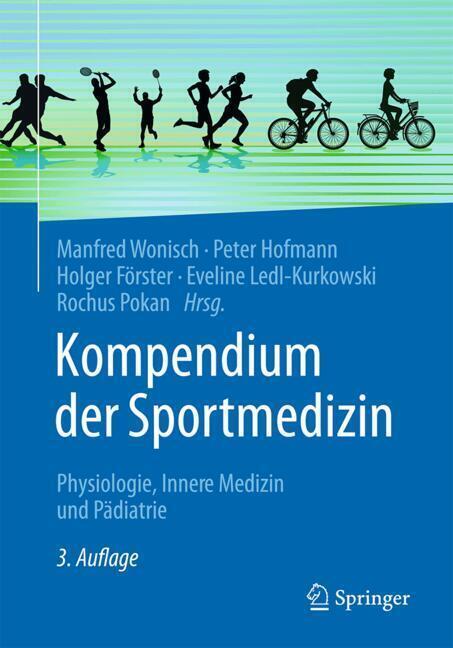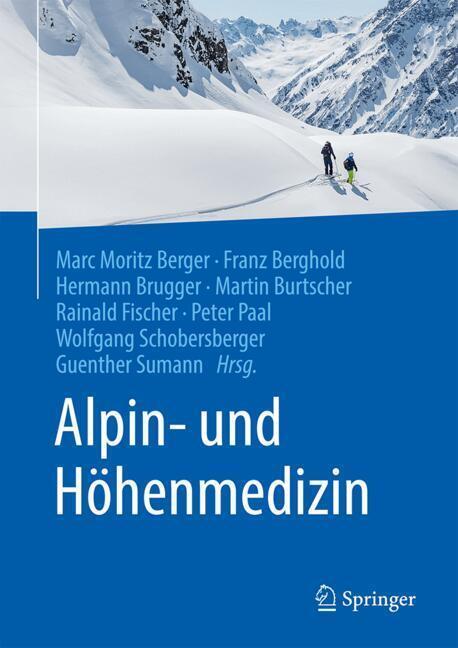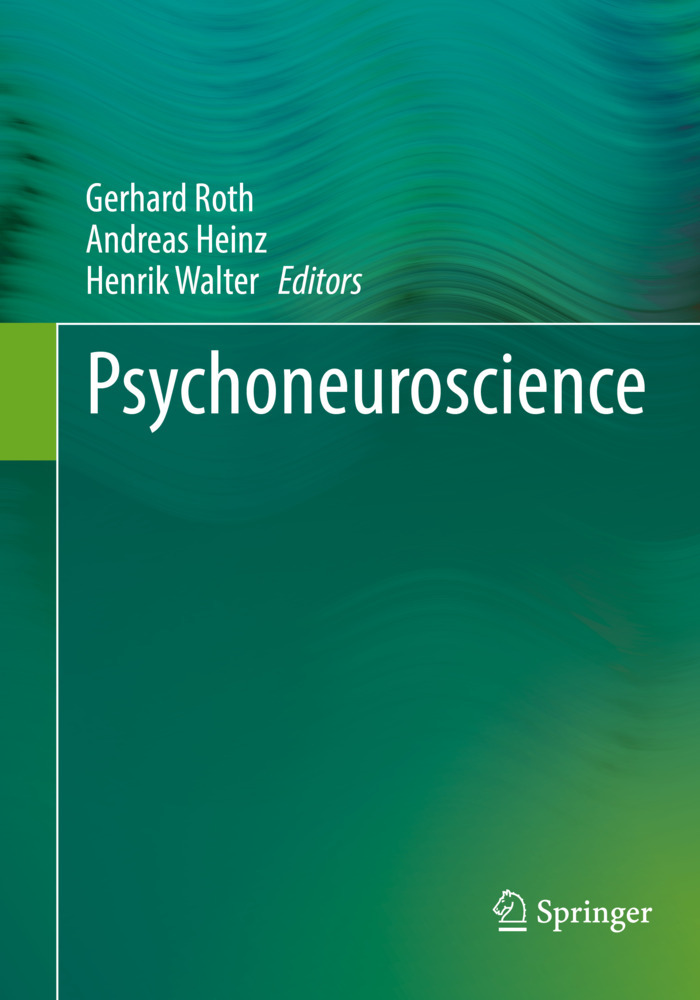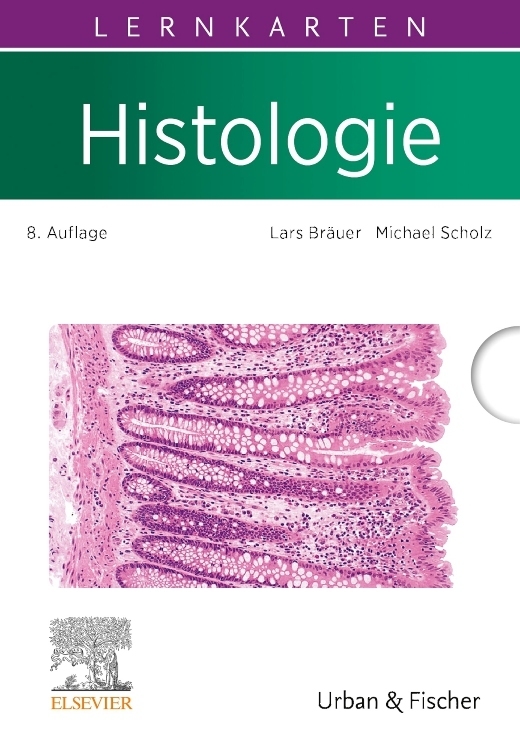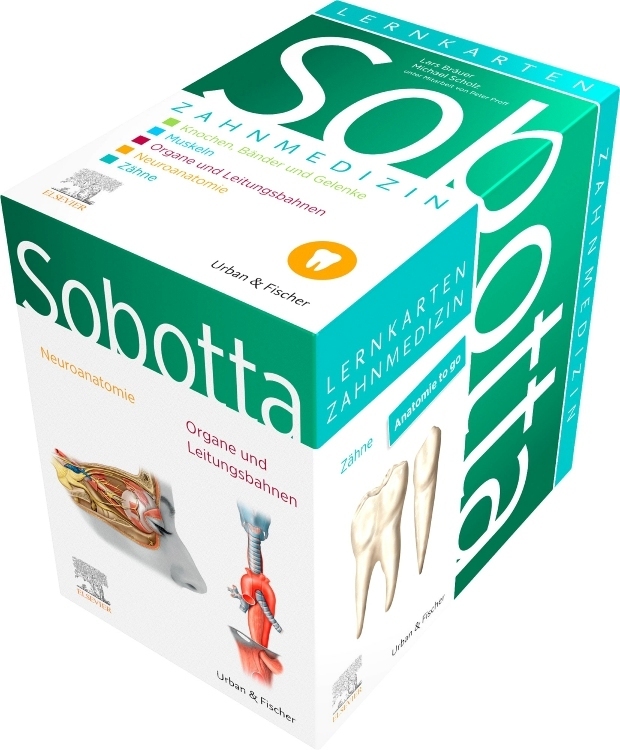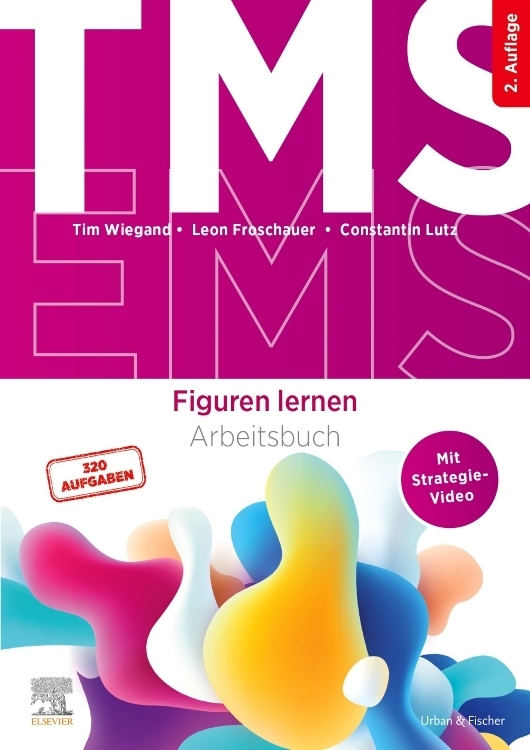Western Blotting for the Non-Expert
Western Blotting for the Non-Expert
This book fills the need for a simplified text covering western blotting protocols aimed not just at high school and college students, but the researcher with little to no experience in these techniques. It provides the principles, basic methodology, and tips and tricks to avoiding the common pitfalls of western blotting. The book also introduces simple protocols that can transform western blotting into a fun method, such as sending secret messages on membranes or using nitrocellulose membrane as a canvas for art.
In addition to the techniques, this book also covers the history of western blotting, which originated from the development of the blotting of DNA. It then delves into the importance of protein blotting, brought to the fore by the fact that the procedure has been evolving constantly since its inception in 1979, and the fact that the scientific community is faced with a multitude of ways and means of transferring proteins to membranes..
<ol> <li>Western blotting: How it began
2. Basics of Western Blotting3.Basic Calculations in Western Blotting
4.Choosing The Right Antibody For Western Blotting
5. Sample Preparation
6. Blocking membranes at places that do not have transferred proteins
7. A Basic Method for Western Blotting
8. Trouble Shooting Western Blotting
9. Using Biotin to demonstrate western and dot blotting in University Practical Classes- A Guide To Instructors
10. Nitrocellulose Membrane Art
11. The Use Of A Harmless Invisible Ink To Send Secret Messages On Nitrocellulose Membranes And As A Substitute For The Harmful Radioactive Ink Used As A Marker In ECL Membrane Assays
12. Fingerprinting On Nitrocellulose And Polyvinylidene Difluoride Membrane
13. Spectrometric Determination Of Protein For Electrophoresis
14. Concentrating Proteins For Western Blotting
15. Dissolving Proteins Using Lysis Buffer
16. Blotting AndDetecting Glycosaminoglycans
17. Passive Blotting From Tissue Slices
18. Localizing Proteins by Tissue Printing
19. Ultrasound Blotting
20. Obtaining Several Blots From A Single SDS-PAGE Gel By Passive Transfer
21. Diffusion Blotting From SDS-PAGE Gels Supported By Solid Plastic
22. Dot-Immunobinding
23. Simultaneous Immunoblotting Analysis With Activity Gel Electrophoresis
24. Protein Blotting By Centrifugation
25. Blotting And Immunostaining Of Multiple Antigenic Peptides
26. High Molecular Weight Protein Blotting Using Agarose Gel Electrophoresis
27. Cetyltrimethylammonium bromide PAGE And Eastern Blotting
28. Purification Of Autoantibodies Bound To An Autoantigen Immobilized On A Membrane Strip
29. Miniaturized Blotting
30. Affinity Immunoblotting
31. Transferring Coomassie Blue Stained Proteins from Polyacrylamide Gels To Transparencies
32. Protein Transfer From Immobilized pH Gradient Gels
33. SDS PAGE To Immunoblotting In Sixty Minutes
34. Western Blot Analysis Of Protein-DNA Complexes Formed DuringGel Shift Experiments
35. Electrophoretic Transfer Of High And Low Molecular Weight Proteins To Membranes Using Heat
36. Grid-immunoblotting
37. Far-western Blotting
38. Native Electrophoresis And Western Blot Analysis
39. Efficient Electroblotting Of Low Molecular Weight Protein After Staining With Coomassie
40. Avoiding Non-specific Binding Of Secondary Antibodies In Immunoblotting By Double-blotting
41.A Brief Introduction To Other Protein Blotting Methods
42. Quantitative Computerized Western Blotting In Detail
43. Common Problems In Electrophoresis.</li> </ol>
Kurien, Biji T.
| ISBN | 978-3-030-70682-1 |
|---|---|
| Artikelnummer | 9783030706821 |
| Medientyp | Buch |
| Auflage | 1st ed. 2021 |
| Copyrightjahr | 2021 |
| Verlag | Springer, Berlin |
| Umfang | XXIII, 467 Seiten |
| Abbildungen | XXIII, 467 p. 611 illus., 170 illus. in color. |
| Sprache | Englisch |



